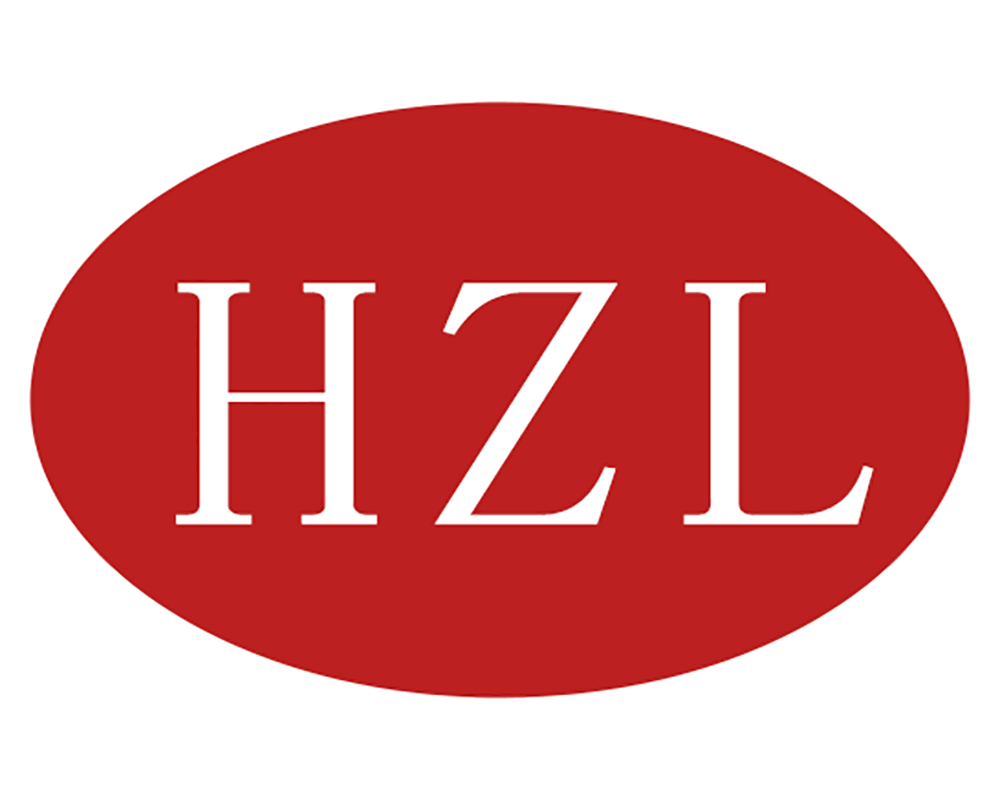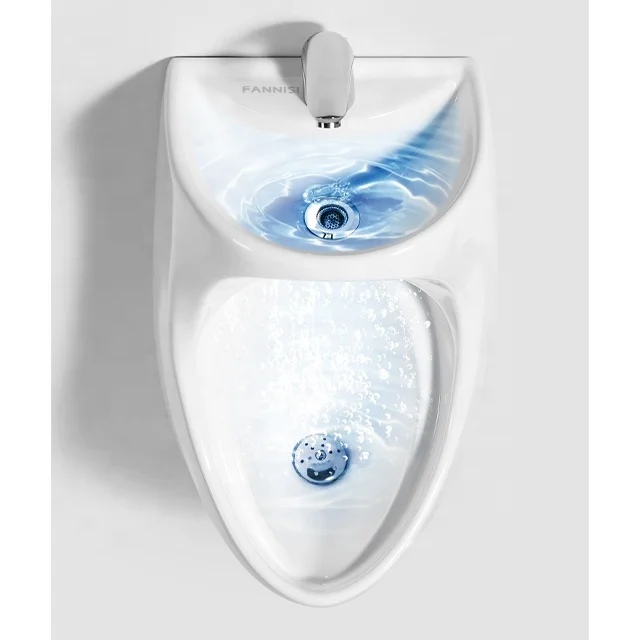ABOUT
Dongguan Haizhilan Intelligent Technology Co., Ltd. is a factory specializing in the production of smart toilets, stainless steel toilets, ceramic toilets and other bathroom accessories. It has a modern office environment and first-class production facilities. It has served more than 50 companies across the country for 12 years and has received unanimous praise. In order to better serve foreign customers, the Foreign Trade Department was established in 2024, and Haizhilan Intelligent Technology will undertake foreign trade business. We always adhere to the core values of "innovation, integrity, professionalism, and excellence" and are committed to providing customers with high-quality products and services.
The Impact Of US Tariffs On The Stainless Steel Sanitary Ware Industry And Global Trade Dynamics
The imposition of tariffs by the United States on various imported goods has been a significant topic of discussion in global trade circles. One industry particularly affected by these measures is the stainless steel sanitary ware sector. These tariffs, often justified as protective measures for domestic industries, have far-reaching implications not only for the U.S. market but also for global trade dynamics. This article delves into the multifaceted impact of these tariffs, exploring how they reshape supply chains, influence competitive landscapes, and alter trade relationships worldwide.
Economic Consequences for the Stainless Steel Sanitary Ware Industry
The U.S. tariffs on stainless steel sanitary ware have immediate economic repercussions for both domestic and international players. For American manufacturers, the tariffs may provide short-term relief by reducing competition from cheaper imports. However, this advantage is often offset by higher production costs, as many domestic manufacturers rely on imported raw materials. The increased costs can lead to higher prices for consumers, potentially reducing demand for stainless steel sanitary products.
For international suppliers, particularly those in China and Southeast Asia, the tariffs pose significant challenges. Many of these manufacturers have built their business models around exporting to the U.S. market. The tariffs force them to either absorb the additional costs, reducing their profit margins, or pass them on to U.S. buyers, making their products less competitive. Some suppliers may seek alternative markets, but this transition is not always seamless and can disrupt established trade networks.
Supply Chain Disruptions and Reconfigurations
The tariffs have triggered a wave of supply chain disruptions, compelling companies to rethink their sourcing strategies. Many U.S. businesses that relied on imported stainless steel sanitary ware are now scrambling to find domestic suppliers or alternative international partners not subject to tariffs. This shift is not without its difficulties, as domestic suppliers may lack the capacity or expertise to meet demand, leading to delays and increased costs.
On a global scale, the tariffs have accelerated the trend of supply chain diversification. Companies are increasingly looking to countries like Vietnam, India, and Mexico as alternative manufacturing hubs. While this diversification can reduce dependency on any single market, it also requires significant investment in new facilities, training, and logistics. The reconfiguration of supply chains is a complex and costly process that can take years to stabilize.
Impact on Global Trade Dynamics
The U.S. tariffs on stainless steel sanitary ware are part of a broader trend of rising protectionism, which has significant implications for global trade dynamics. These measures often provoke retaliatory tariffs from affected countries, leading to trade wars that can destabilize international markets. For instance, China has responded to U.S. tariffs with its own levies on American goods, creating a tit-for-tat cycle that harms both economies.
Moreover, the tariffs undermine the principles of free trade and globalization, which have driven economic growth for decades. By erecting barriers, the U.S. risks alienating trade partners and weakening multilateral institutions like the World Trade Organization (WTO). This shift towards unilateral trade policies could lead to a more fragmented and less predictable global trade environment, with long-term consequences for economic stability and growth.
Technological and Innovation Responses
In response to the tariffs, some companies are turning to technological innovations to maintain competitiveness. Automation and advanced manufacturing techniques can help reduce production costs, offsetting some of the financial burdens imposed by tariffs. For example, robotic welding and precision machining can improve efficiency and quality, making domestic production more viable.
Additionally, the tariffs are spurring innovation in material science. Researchers and manufacturers are exploring alternative materials that can mimic the properties of stainless steel but are not subject to tariffs. These innovations could lead to the development of new products and markets, potentially reshaping the industry in unforeseen ways.
Consumer Behavior and Market Shifts
The tariffs are also influencing consumer behavior and market dynamics. Higher prices for stainless steel sanitary ware may lead consumers to opt for cheaper alternatives, such as plastic or ceramic products. This shift in demand can have cascading effects on related industries, boosting sectors that produce substitute materials while hurting those reliant on stainless steel.
Furthermore, the tariffs may exacerbate existing inequalities in access to high-quality sanitary products. Lower-income households, already burdened by rising costs of living, may find it harder to afford stainless steel fixtures, potentially compromising hygiene and living standards. This socio-economic dimension adds another layer of complexity to the impact of tariffs.
Conclusion
The U.S. tariffs on stainless steel sanitary ware are a microcosm of larger trends in global trade. While they aim to protect domestic industries, their ripple effects are felt across supply chains, international relations, and consumer markets. As the world navigates this new era of trade policy, stakeholders must adapt to an increasingly volatile and interconnected economic landscape. The long-term outcomes remain uncertain, but one thing is clear: the impact of these tariffs will be profound and far-reaching.
SUBSCRIBE
INQUIRY


